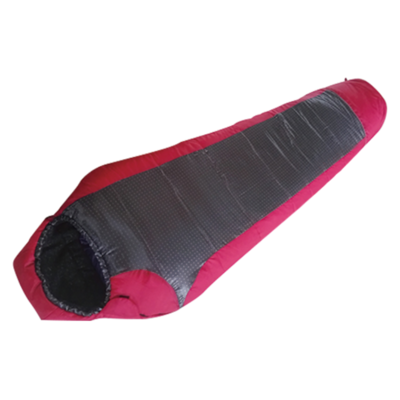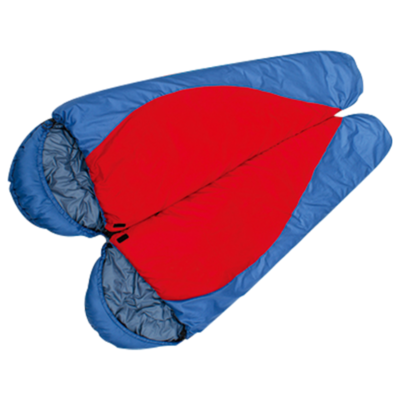What Sleeping Bag Has the Coldest Rating? Exploring the Warmest Options for Extreme Cold
As adventurers push the boundaries of exploration, venturing into some of the world’s most frigid environments, the need for highly specialized gear becomes paramount. Among the essential equipment for surviving these harsh conditions is a sleeping bag capable of withstanding extreme cold. But what sleeping bag has the coldest rating, and what makes it stand out in the world of outdoor gear?
Understanding Temperature Ratings
Before diving into specific models, it’s important to understand how sleeping bag temperature ratings work. These ratings, usually provided by manufacturers, indicate the lowest temperature at which the bag will keep an average user warm. However, these ratings can vary depending on the standards used, the user's metabolism, and other factors like clothing and shelter. The European Norm (EN) and ISO standards are the most commonly used benchmarks, providing a more standardized measure of a sleeping bag's performance.
The Coldest-Rated Sleeping Bags
When it comes to extreme cold, a few sleeping bags stand out for their ability to protect users in temperatures well below freezing. Among these, the 0 Degree Mummy Sleeping Bag and the 4 Season Mummy Sleeping Bag are frequently highlighted by experts and outdoor enthusiasts alike.
1. 0 Degree Mummy Sleeping Bag: This synthetic-filled sleeping bag is designed specifically for sub-zero temperatures. Rated for -30°F (-34°C), it’s known for its excellent insulation and durability, making it a go-to choice for cold-weather expeditions. The bag features thermal mapping technology that places more insulation in areas where heat loss is most likely, ensuring maximum warmth.

2. 4 Season Mummy Sleeping Bag: Often considered one of the best for extreme cold, this down-filled sleeping bag is rated for -40°F (-40°C). 4 Season Mummy Sleeping Bag is renowned for its high-quality craftsmanship, and the Bison GWS is no exception. The bag's 850+ fill power down offers exceptional warmth without adding excessive weight, making it a favorite among mountaineers and polar explorers.

Factors That Set Them Apart
What sets these sleeping bags apart is not just their temperature rating but also their construction and materials. Fill power is a critical factor in a sleeping bag's warmth. Higher fill power means better insulation for less weight. Both the 0 Degree and 4 Season use high-quality insulation—synthetic for the former and down for the latter—that ensures warmth even in the most challenging conditions.
Moreover, shell materials play a significant role in a sleeping bag’s ability to retain heat while resisting moisture and wind. The 4 Season, for instance, uses a Gore Windstopper shell that adds a layer of windproof protection, essential for high-altitude or polar environments.
Who Needs These Sleeping Bags?
Sleeping bags with the coldest ratings are not for the casual camper. They are designed for those who embark on expeditions to the coldest places on earth, such as the peaks of the Himalayas, the Arctic tundra, or Antarctica. For these adventurers, having a sleeping bag that can withstand extreme cold is not just a matter of comfort—it’s a matter of survival.
The Future of Cold-Weather Sleeping Bags
As technology continues to evolve, the future of cold-weather sleeping bags looks promising. Advances in insulation materials, such as synthetic alternatives that mimic down's warmth without its susceptibility to moisture, are already making these bags lighter and more efficient. Additionally, innovations in design and construction could soon lead to sleeping bags that offer even better protection against the cold, without compromising on weight or packability.
In conclusion, the search for the sleeping bag with the coldest rating leads to a handful of exceptional products designed for those who face the most extreme conditions. Whether it's the synthetic 0 Degree Mummy Sleeping Bag or the down-filled 4 Season Mummy Sleeping Bag, these sleeping bags represent the pinnacle of cold-weather gear, offering the warmth and protection necessary to brave the coldest corners of the earth.








